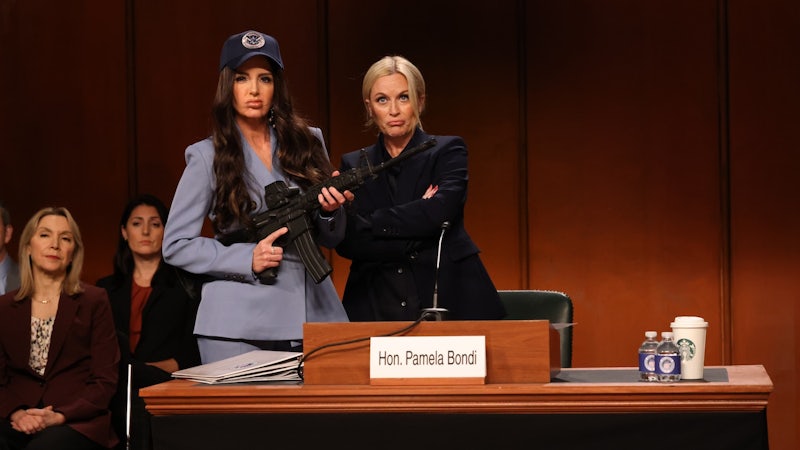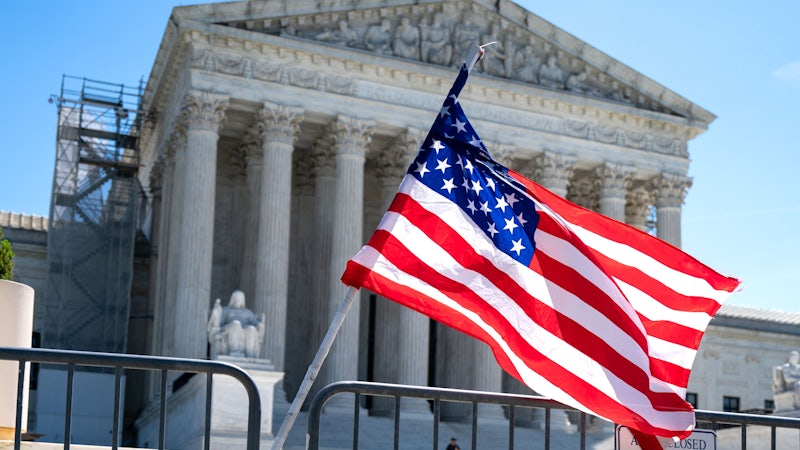Dear Reader,
In the wake of the explosive testimony offered last week by Cassidy Hutchinson, the executive assistant to Mark Meadows, former President Donald Trump’s chief of staff, the investigation into January 6 appears to be in new legal territory. Specifically, Hutchinson testified to a key piece of information that had not been previously known: that Trump not only knew that the people who attended his rally at the ellipse were armed, but that he took steps to allow them to remain armed and then sent the armed mob to march on the Capitol. In theory, this critical piece of testimony ought to move the ball on potential crimes that include the use of force, like incitement to insurrection, or seditious conspiracy. But before getting too excited about those or any other crimes for which Trump could be indicted, it’s worth remembering the differences between congressional investigations and those conducted by the Justice Department, and how actions taken by the former could complicate the latter.
Let’s start with the different goals of the Justice Department and the January 6 Committee. DOJ is focused on legal accountability. They are concerned with investigating whether any violations of federal law have occurred. By contrast, The Committee is focused on public accountability. They are concerned with laying out all the facts and players involved with January 6, whether or not they committed a crime – the purpose is to educate the public and create a comprehensive public record as part of their oversight power. One investigative process is relatively narrow and secretive, the other is expansive and transparent. We saw this contrast play out most starkly in the special counsel investigation into Russian election interference. The final report produced by Robert Mueller examined the very specific question of whether there was a criminal conspiracy between members of the Trump campaign and Russia. He concluded that the evidence was insufficient to meet the threshold for criminal charges. The Senate Intelligence Committee, by contrast, produced a five-volume report outlining the full scope of Russian interference, including the counterintelligence implications of the frequency and breadth of contacts between members of the Trump campaign and individuals connected to the Kremlin.
Second is the difference in evidentiary standards. The Justice Department must parse every piece of evidence with an eye towards introducing it in a court of law. That means that its evidence has to meet standards for admissibility, and that it must scrutinize witness testimony to ensure that it will withstand cross-examination. The January 6 Committee has an interest, of course, in ensuring that the evidence it presents is credible; but the Committee itself makes that determination, and its veracity is not tested by an adversarial party. Hutchinson’s testimony is a perfect example. Most of her testimony was what would be considered in a court of law to be hearsay – that is, an out-of-court statement that is admitted for the truth of the matter asserted. That doesn’t mean none of it would be admitted: There are several exceptions to the hearsay rule that could, and would, apply to much of her testimony. But prosecutors could not simply bring in her testimony wholesale, and they would need to corroborate her testimony with other evidence and ensure that Hutchinson’s credibility could not be impeached by the defense in any way.




























